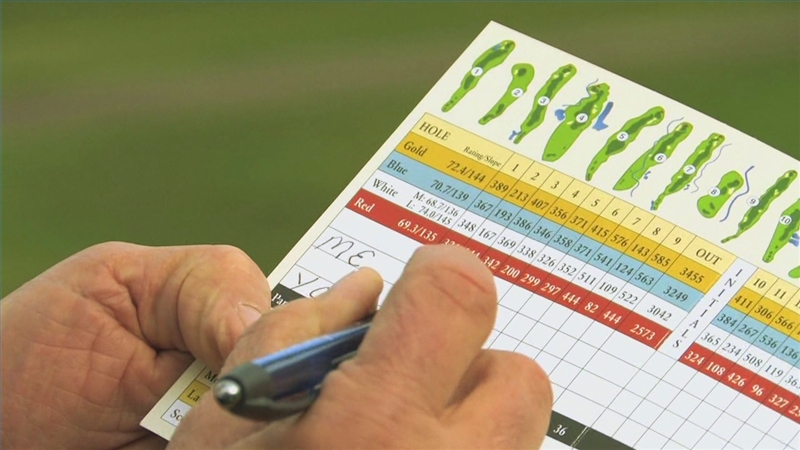The R&A has announced the latest updates being made to the World Handicap System that are to come into play from April 1, 2024.The changes are what the R&A has described as sn ‘on-going eview of the Rules of Handicapping and Course Rating System with a continued emphasis on accuracy, consistency and equity’. The main changes include the following:
Inclusion of Shorter-Length Courses within the Course Rating System
The overall length requirements for Course Rating are being significantly reduced. A set of tees on an 18-hole course may be as short as 1,500 yards to be eligible for a Course Rating and Slope Rating, and a set of tees on a 9-hole course may be as short as 750 yards. This change is intended to expand the WHS to thousands of shorter-length courses, including par-3 courses, and enable more golfers to obtain a Handicap Index.
Use of an Expected Score for a Hole Not Played
Changes have been made to the method used to handle holes not played, which will now be based on a player’s ‘expected score’ rather than a score of net par. This new method will produce a 9-hole or 18-hole Score Differential that more accurately reflects a player’s ability. As golfers across the world are playing more 9-hole rounds, an expected score can also be used to convert a 9-hole round into an 18-hole Score Differential. For some countries, this means that 9-hole scores will be considered in the calculation of a player’s Handicap Index immediately after the day of play, rather than waiting to combine with another 9-hole score.
More Frequent Playing Conditions Calculation Adjustments
The Playing Conditions Calculation has been modified to increase the likelihood of an adjustment for abnormal playing conditions. National associations were given discretion, beginning in July 2022, to introduce this revision within their computation platforms, which will be complete by 1 April 2024.
Players to receive shots based on course difficulty Currently, the formula used is Handicap Index x (Slope/113), but the new calculation for course handicap will be Handicap Index x (Slope/113) + (Course Rating + Par). This updated formula will move that target score to net par/36 points for all handicap indexes. This means if the course rating is higher than par, players will receive additional strokes. Whereas, if the course rating is lower than the par, they will lose strokes. For example, a male player currently playing the Hotchkin course at Woodhall Spa from the white tees, with a handicap index of 10.0, would have a course handicap of 13 (10.0 x (151/113) = 13.362831). However, using Course Rating – Par, the course handicap would be 15 (14.76 rounded up).
Fourball formats to count towards handicapCurrently, only scores from certain singles formats of play can count towards handicap. From the start of April, however, scores from fourball competitions (such as strokeplay, Stableford and par/bogey) will also be accepted. The only caveat is that one player of the pair must have scored on a minimum of nine holes, and the total pair score must be at least 42 points (or six under par). If these triggers are hit, however, the golfer who has scored on the minimum nine holes will have an upscaling value added for their un-played holes, based upon their playing partner’s score. If this score equates to 36+ points (level par or better), a score differential will be calculated and recorded for handicap purposes.
Enhanced Guidance on Conducting a Handicap Review A handicap review should be conducted at least once a year for every player with a WHS handicap to ensure the handicap index remains reflective of that player’s ability. New reporting tools have been developed that national associations can incorporate into their handicapping software to assist committees in conducting the review process effectively and consistently.



